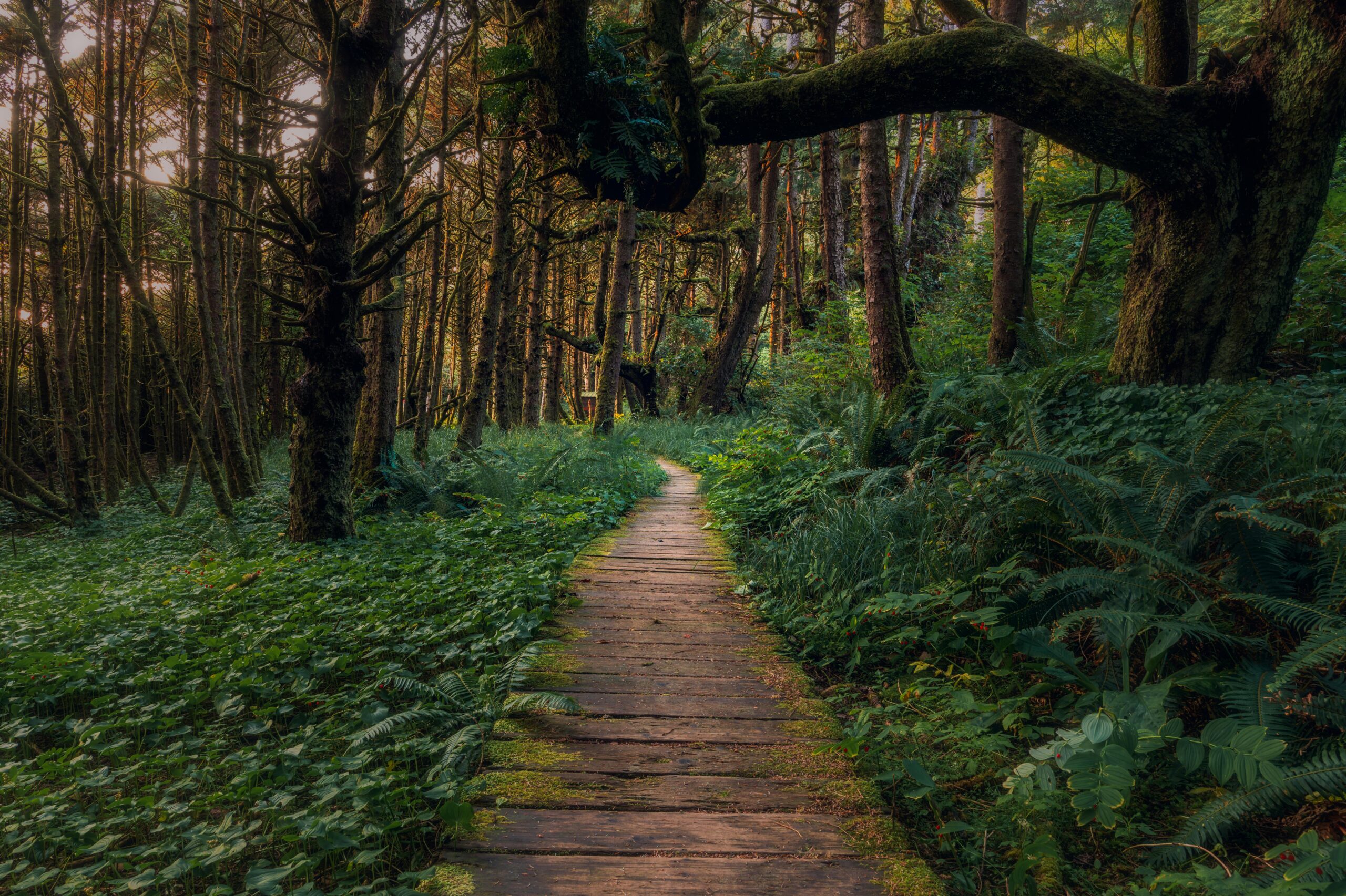Biomes are like diverse neighborhoods where living things live in the vast tapestry of our world. Biomes are huge natural areas that are distinguished by their distinct climate, soil, and vegetation. They cover a wide range of environments, from lush rainforests to vast deserts, each with its own set of flora and animals adapted to their environment.
Types of Biomes: There are various types of biomes, each with its own climate and vegetation. Tropical rainforests, deserts, grasslands, deciduous forests, taigas, and tundras are among them. Each biome has its own set of difficulties and possibilities that shape the adaptations of the species that live within it.
Tropical Rainforests: Tropical rainforests, which are found around the equator, are known for their high temperatures and plentiful rainfall. These biomes have unrivaled biodiversity, with numerous plant and animal species coexisting in a complex web of life. These vivid habitats are distinguished by lush flora, colorful birds, and unusual insects.
Deserts: Deserts may appear unfriendly due to their arid environment and limited vegetation, but they are home to tenacious plants and animals that have adapted to preserve water. Desert life has evolved astonishing tactics to flourish in harsh heat and low water availability, from cacti to camels.
Grasslands: Grasslands, which include savannas and prairies, have long areas of grass and a few trees. These biomes are home to grazing species such as zebras and bison, supporting a delicate balance between herbivores and predators. Grasslands are frequently subject to wildfires, which alter the nature of plant life.
Deciduous Forests: Deciduous woods, which are distinguished by trees that shed their leaves in the fall, have various seasons. These biomes, which are prevalent in temperate climates, are home to a diversity of mammals, birds, and insects. The cyclical changes in foliage contribute to the ecosystem’s nutrient cycling.
Taigas: Taigas, or boreal woods, thrive in colder regions. These biomes, dominated by coniferous trees such as spruce and pine, are home to creatures suited to snowy conditions such as wolves, moose, and lynx. Many migrating birds rely on the deep woodlands for survival.
Tundras:Permafrost occurs in tundras, the coldest of biomes, where the ground remains frozen all year. Tundras maintain distinctive flora such as mosses and lichens, as well as robust herbivores like as caribou and musk oxen, despite harsh conditions. During the short summer months, migratory birds frequently nest in tundra locations.

